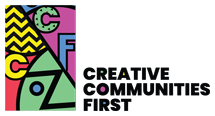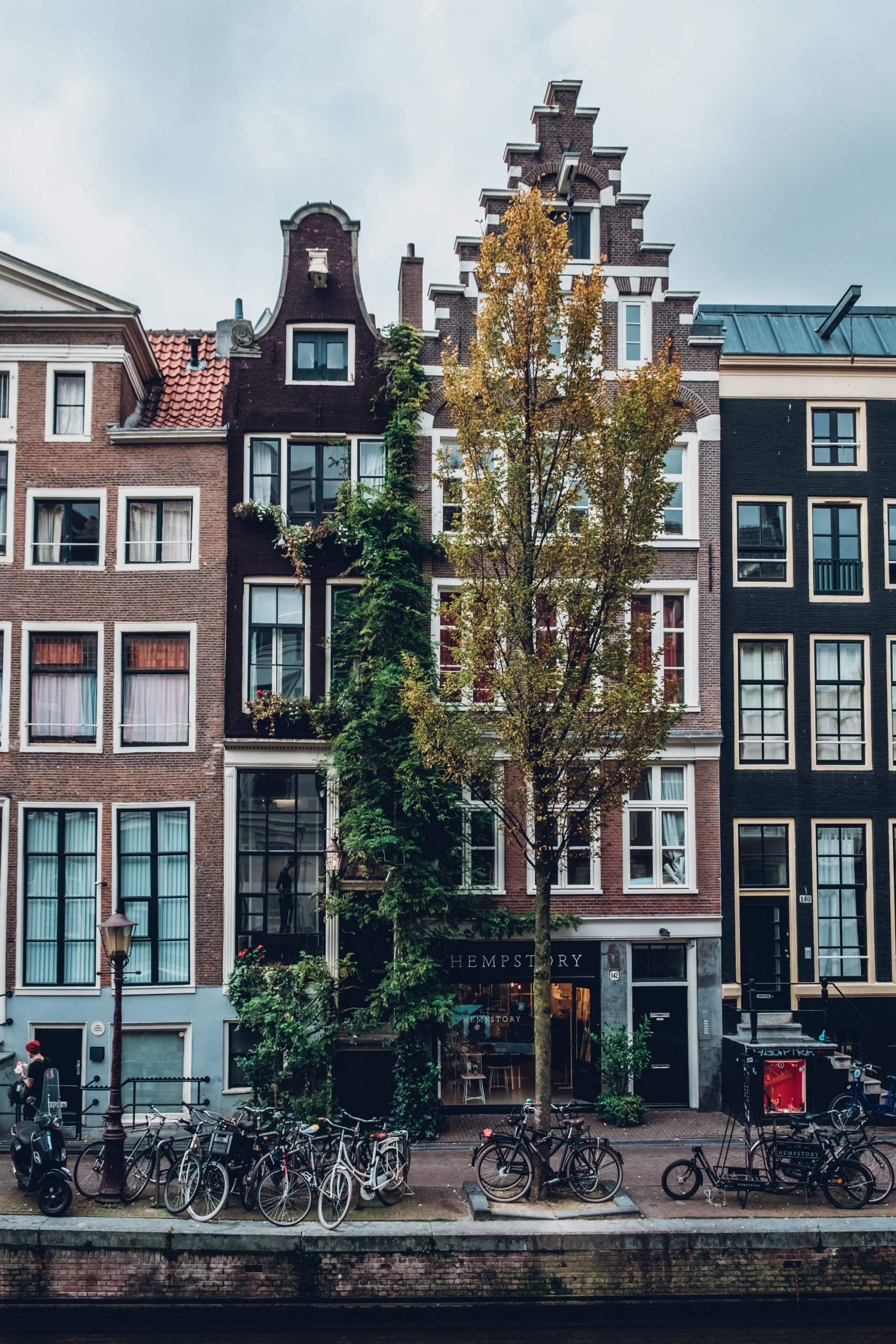Introduction
The creative industry is a vast and dynamic field that encompasses various disciplines, from visual arts and design to technology and innovation. In today’s rapidly evolving world, the need for creative communities – spaces where individuals come together to collaborate, learn, and inspire one another – has never been greater. This blog post will explore the concept of creative communities, their significance in fostering innovation and collaboration, and the various ways they contribute to personal and professional growth.
The Importance of Creative Communities
Creative communities are crucial for several reasons. They provide a nurturing environment that encourages people to share ideas, experiment, and take risks. This atmosphere of support and open-mindedness allows for the organic growth and development of new ideas and innovative solutions to challenges faced by society.
Furthermore, creative communities foster a sense of belonging and camaraderie among their members. They offer a platform for networking, mentoring, and collaboration that can lead to incredible opportunities and partnerships. By connecting people with diverse skills and perspectives, these communities enable the cross-pollination of ideas, leading to groundbreaking innovations.
Key Elements of a Thriving Creative Community
Inclusivity and Diversity: A successful creative community welcomes individuals from various backgrounds, disciplines, and skill levels. By embracing diversity, these communities create an environment where unique perspectives can collide and foster innovation.
Access to Resources: Providing access to tools, technologies, and educational materials is essential for creative communities. This helps members to develop their skills and experiment with new ideas, contributing to the overall growth of the community.
Collaboration and Networking: Creative communities should encourage collaboration and networking among their members. Regular events, workshops, and discussions can help facilitate connections, allowing members to learn from one another and build meaningful partnerships.
Support and Mentorship: A thriving creative community offers support and mentorship to its members. This can include connecting individuals with experienced professionals, providing constructive feedback on projects, and sharing valuable industry insights.
Constant Evolution: To remain relevant and effective, creative communities must continually evolve and adapt to the ever-changing creative landscape. This involves staying up-to-date with industry trends, incorporating new technologies, and offering innovative learning opportunities.




